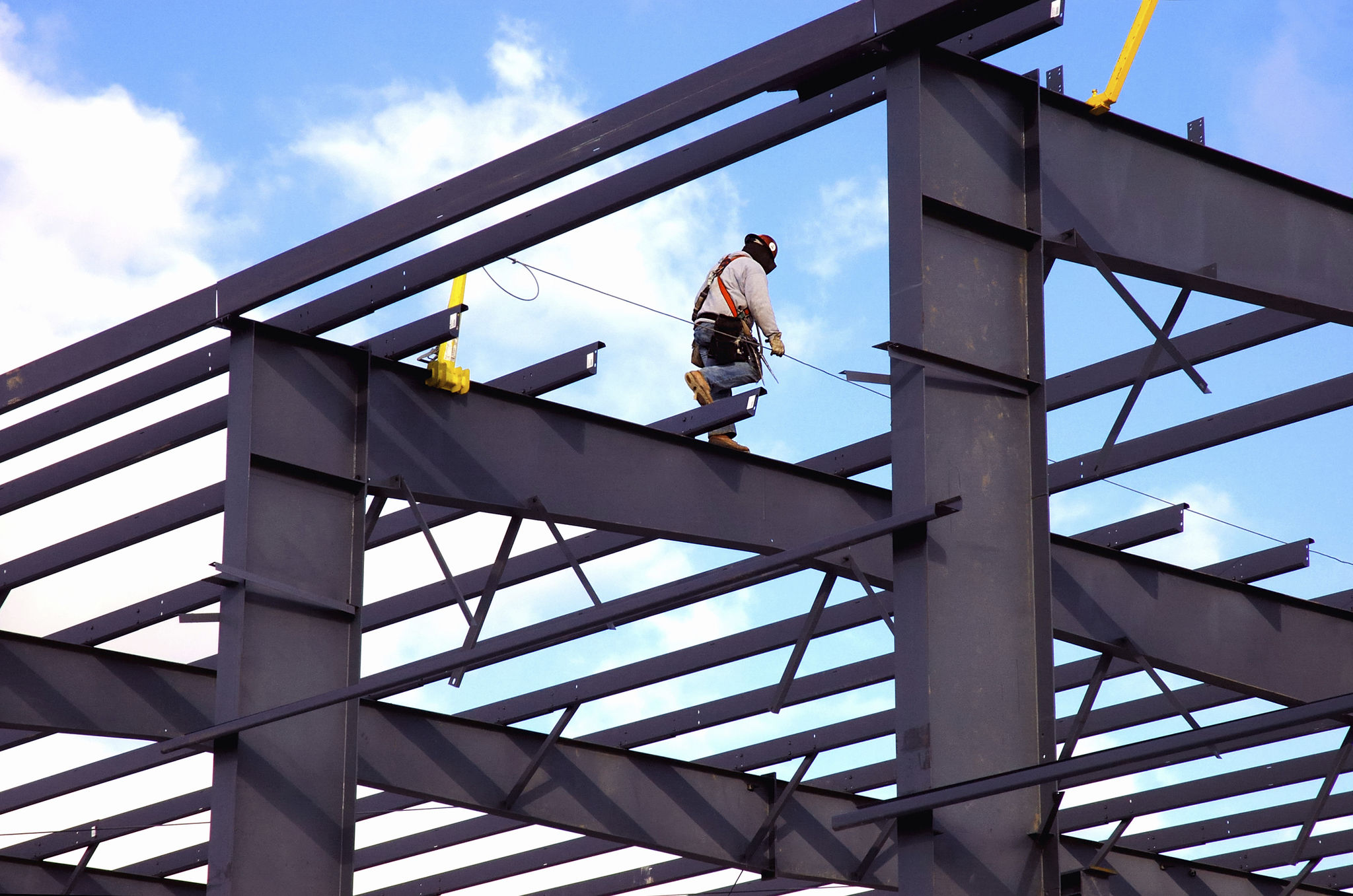Comparing Cold Formed vs. Traditional Steel Buildings: Which is Right for You?
Understanding Cold Formed Steel Buildings
Cold formed steel buildings are constructed using steel components that are shaped at room temperature. This process allows for precise manufacturing and offers a range of benefits, making it a popular choice for many construction projects. One of the primary advantages of cold formed steel is its lightweight nature, which simplifies transportation and assembly.

Benefits of Cold Formed Steel
Cold formed steel is known for its versatility and cost-effectiveness. It is resistant to common issues like rot, mold, and termites, making it a durable option for long-term projects. Additionally, it offers excellent strength-to-weight ratio, allowing for innovative architectural designs without compromising on structural integrity.
A significant benefit of using cold formed steel is its sustainability. It is made from recycled materials and can be recycled again at the end of its life cycle, contributing to environmental conservation efforts. This makes it an ideal choice for eco-conscious builders.

Exploring Traditional Steel Buildings
Traditional steel buildings, often referred to as hot rolled steel buildings, are created using steel that is formed at high temperatures. This method has been a staple in the construction industry for decades due to its reliability and robustness. Traditional steel is frequently used in large-scale projects such as skyscrapers and industrial facilities.
Advantages of Traditional Steel
The main advantage of traditional steel buildings lies in their ability to support very heavy loads, making them suitable for extensive constructions. They offer unmatched durability and are capable of withstanding extreme weather conditions, which is crucial in areas prone to harsh climates.

Traditional steel also allows for longer spans without the need for intermediate supports, providing more open floor plans and flexible interior design options. This characteristic is particularly beneficial for commercial spaces that require large, unobstructed areas.
Choosing Between Cold Formed and Traditional Steel
When deciding between cold formed and traditional steel buildings, consider the specific needs of your project. Cold formed steel is ideal for smaller structures that benefit from quick assembly and cost savings. It is perfect for residential buildings, small offices, and retail spaces where efficiency and sustainability are priorities.

Factors to Consider
- Budget: Cold formed steel can be more economical due to lower material costs and faster construction times.
- Project Scale: For large-scale projects requiring high load-bearing capacities, traditional steel is the best choice.
- Environmental Impact: If sustainability is a key concern, cold formed steel offers a greener alternative.
Ultimately, the decision will depend on the specific requirements and objectives of your building project. Both types of steel have distinct advantages that can be leveraged to meet different construction needs.
